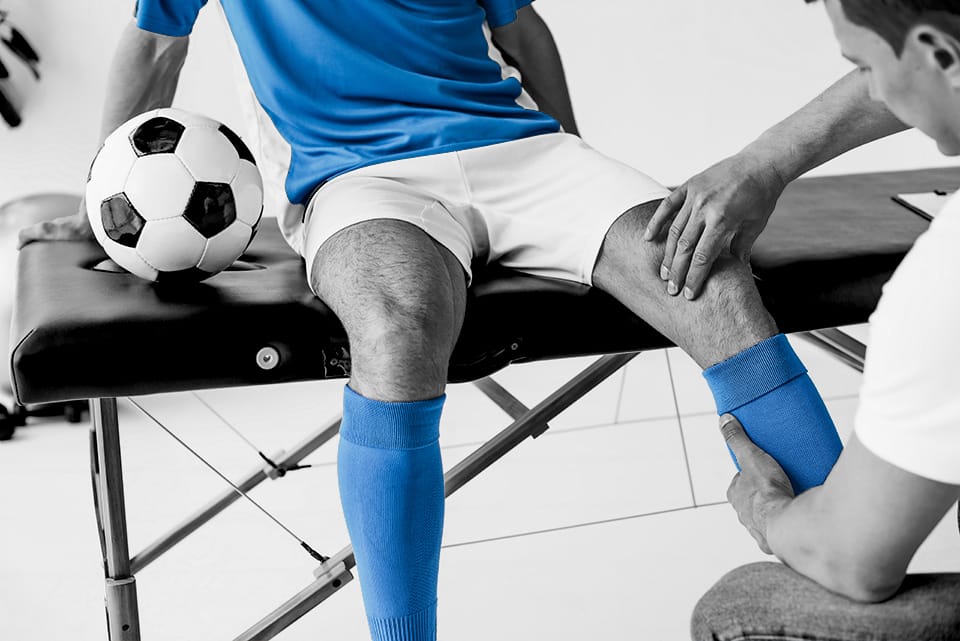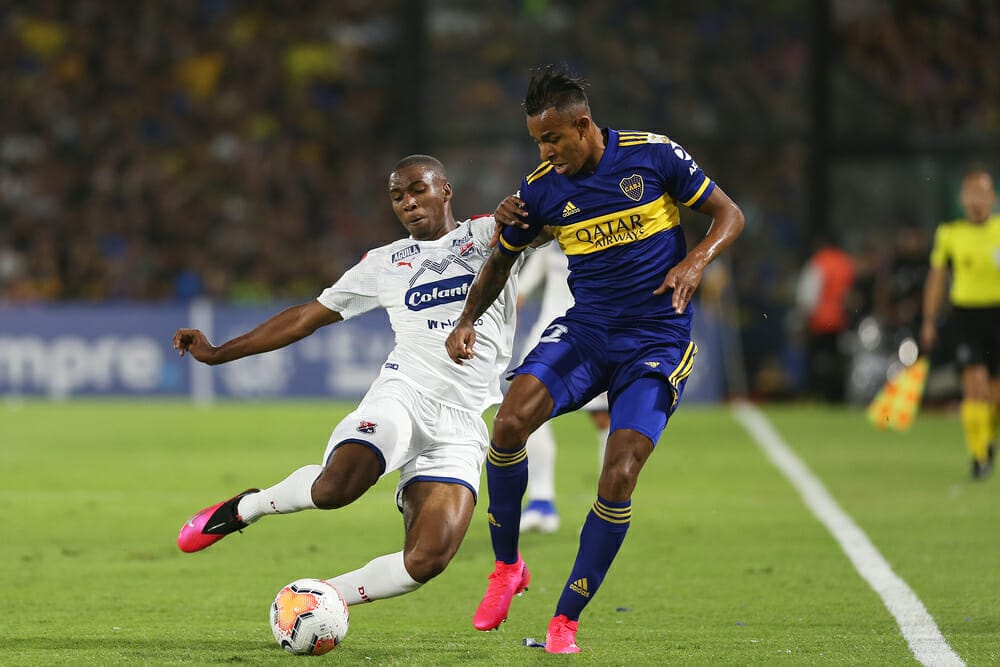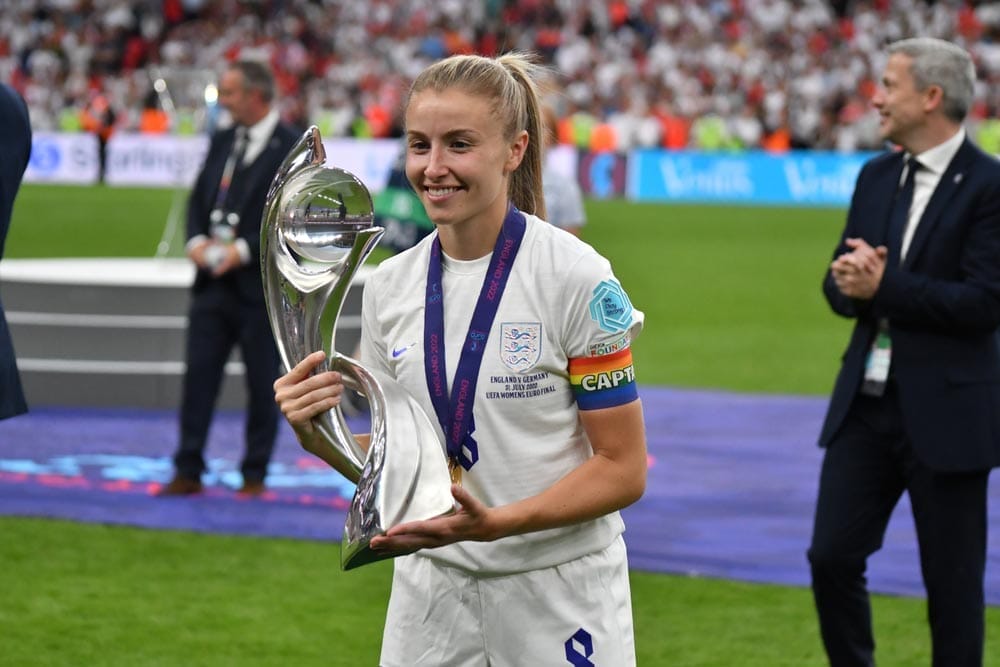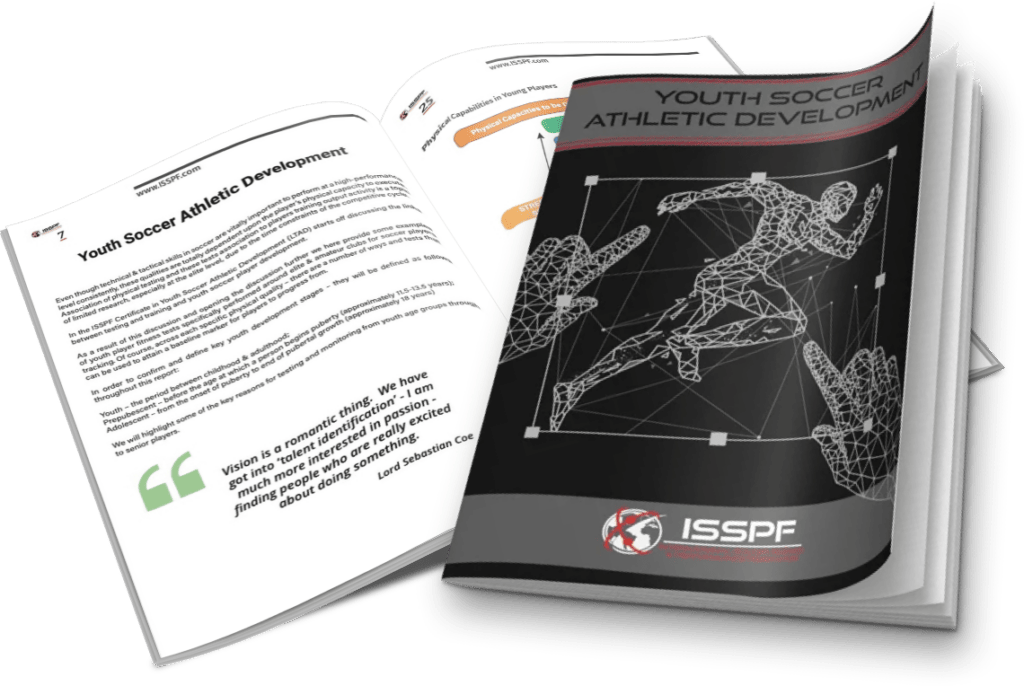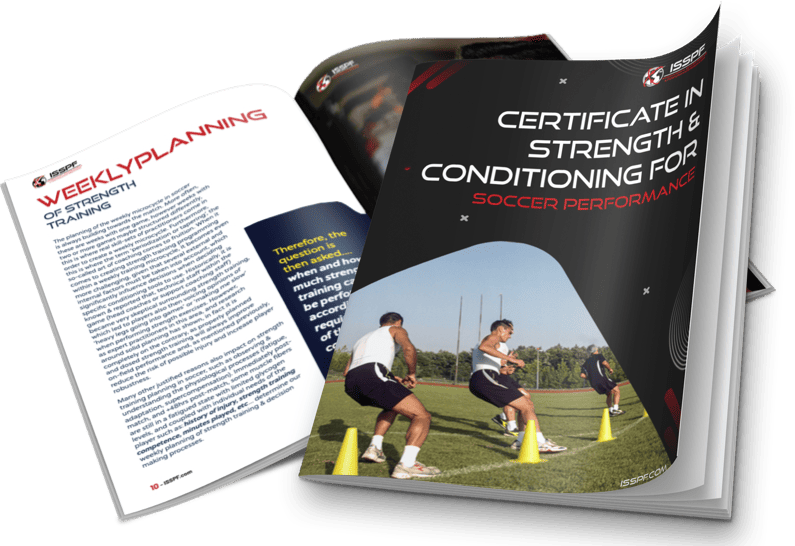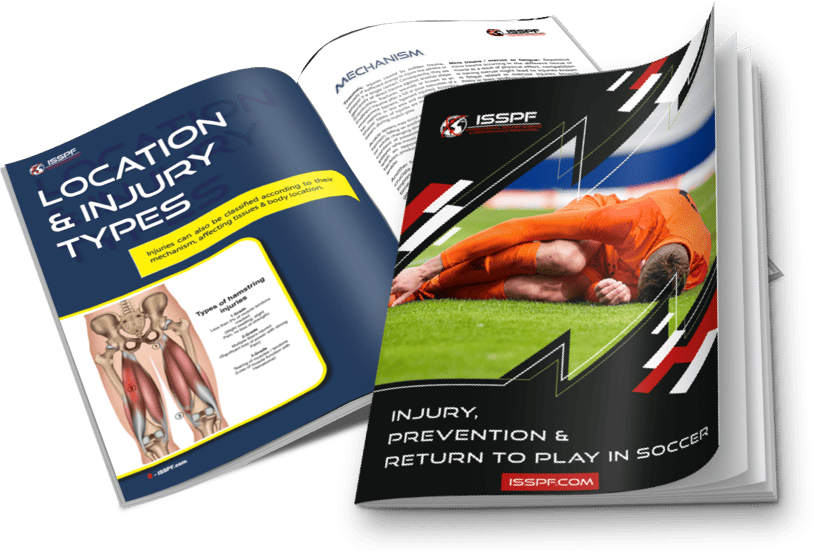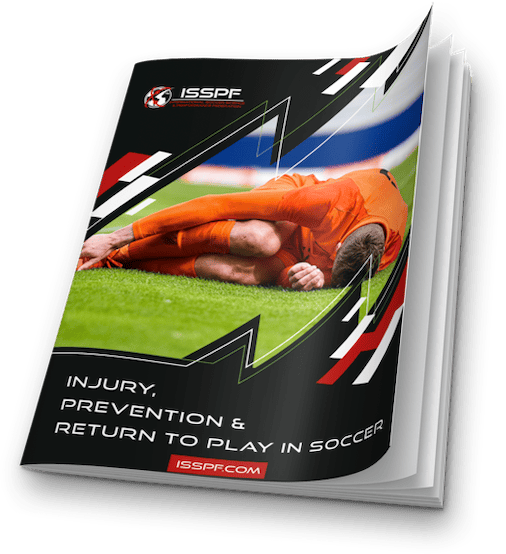A Physical Fitness Challenge For Club And National Team

The traditional FIFA World Cup season planning
Regular training and competition over the course of a season in European professional soccer is generally characterized by a pre-competition preparation period of five to six weeks, followed by two competition phases, interspersed with a winter break. Certain leagues such as the English Premier League do not typically have a winter break meaning that games are played almost continuously across the season. During World Cup years, there is usually an average of four to five weeks between the end of national domestic championships and the start of the World Cup tournament which traditionally takes place during the off-season period.
The FIFA World Cup Qatar 2022 season planning
However, in 2022, the FIFA World Cup has been scheduled to take place in November and December, months which coincide with the in-season period of the European soccer season.
With the World Cup being staged during this part of the season, many national team players, notably those in the major European Leagues, will have just one week of preparation between the last match of their domestic leagues and the start of the World Cup tournament (November 20th, 2022). More precisely, the major European soccer leagues will interrupt match schedules between November 9th and 13th with differences in the number of games completed at this time of the season ranging from 14 to 17 across the various leagues.
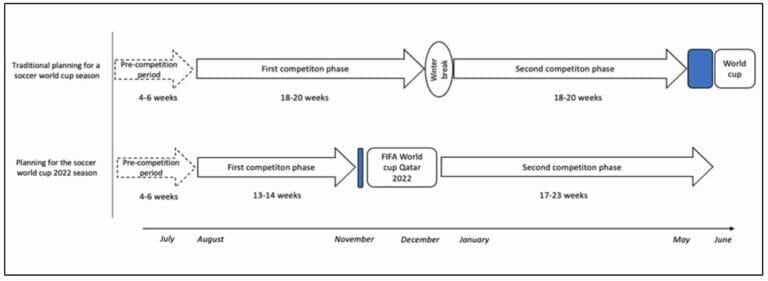
The physical fitness context
First, National teams are composed of players from different leagues who have varying levels of exposure to match-play (e.g., starters, non-starters) and both starters and non-starters are exposed to different external match and training loads and this metric correlates with a player’s physical fitness status and their injury risk.
Secondly, it is also important to note that the French, Spanish and English domestic championships will resume their match schedules on December 27th which is just ten days after the end of the World Cup.
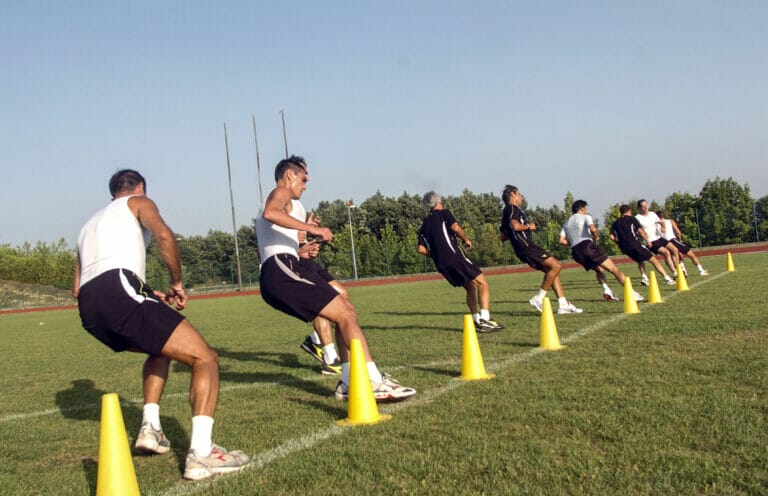
The physical fitness challenge
Accordingly, to prepare the world cup, it will be challenging for national teams to manage the fitness of players such that they are physically ready to play at the World Cup tournament. This is especially applicable to individuals who play in the major European leagues, and we note a significant contrast between European match schedules and those on other continents.
For example, in Major League Soccer (MLS) in North America, match schedules will be interrupted from November 5th, 15 days before the World Cup tournament begins. Similarly, in the Japanese J-League in Asia, Saudi Pro League and Qatar Star League, matches will be interrupted one month before the World Cup tournament begins, leaving more time for players on these continents to prepare.
The second physical fitness challenge will be after the world cup. Clubs will clearly want their players to return uninjured and with sufficient fitness levels to resume domestic competition, but these goals could be compromised by the scheduling of the World Cup tournament.
Practical application for players’ preparation around the FIFA World Cup Qatar 2022
In club before the World Cup:
The goal of national teams and clubs is to prepare their players physically and mentally for the World Cup tournament. This is especially important for the
non-starters of a club as it is well-known that a large sudden variation in external load is associated with injury risk.
In preparation for the World Cup, players who have played extensively for their clubs should focus on active recovery during the initial period of preparation for the tournament. Those
players who have had relatively little exposure to competition should progressively increase training load during the national team training camp. Club medical staff must take note of any traumatic injuries that players have sustained during the season before the tournament begins and should communicate this with international technical staff with the aim of adjusting workload as necessary.
If this can be achieved, players can effectively transition to their national teams in a way that preserves their condition and serves as a basis for optimal performance at the World Cup.
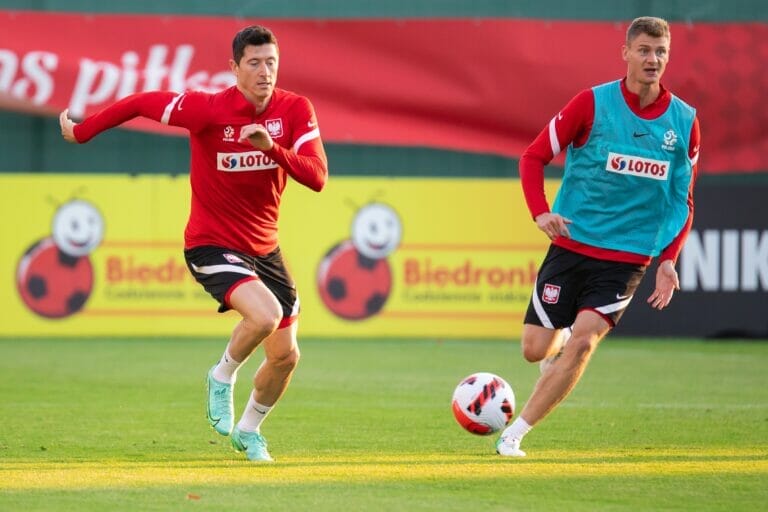
For the starters in club:
Maintain an adequate chronic training load and implement injury prevention exercises. Communicate with national team staff on weekly training workloads and on the external load references of the player in competition. Communication between the medical staff on the medical and fitness status of the player.
For the non-starters in club:
Adjust training sessions to maintain an adequate weekly training load to compensate low competitive playing time. Include preventive exercise sessions. Communicate with national team staff on weekly training workloads and on the external load references of the player in competition. Communication between the medical staff on the medical and fitness status of the player. For starters players in selection: mental preparation for the upcoming world cup demands.
Maintain an adequate chronic training load adapted from the external load references of the player in competition and preventive work for the starters, and the same work the non-starters players using workouts to compensate the decreasing playing time to maintain an adequate chronic training load.
In national team during the World Cup:
Maintain an adequate chronic training load adapted from the external load references of the player in competition and preventive work for the starters, and the same work the non-starters players using workouts to compensate the decreasing playing time to maintain an adequate chronic training load.
In club after the world Cup:
Following the World Cup, a major challenge for clubs will be to reintegrate their players based on how far their national team has progressed and their level of exposure time during played games. Clubs will have many players who did not participate at the tournament and who will not have stopped training in the meantime. It is also important to consider the different categories of players who will participate at the tournament for example, those who were starters and left the tournament early or late and those who were non-starters and left the tournament early or late. Accordingly, external training loads will vary significantly as players arrive back at their clubs following the group stages and later.
Club coaches will want their players to be available for the remainder of the season in full fitness and in optimal health. Additionally, players who are starters for their national team and their club will, in some cases, not have the opportunity for a break between the end of the World Cup and the resumption of the domestic soccer season. Good communication between club medical and technical staff is essential to reduce injury incidence thereby optimizing the availability of players.
For the starters in national team during the World Cup:
Communicate with national team staff on weekly training workloads and adjust the workload. Communication between medical staff on the injuries and health issues suffered by the player during the World Cup. Promote physical and mental recovery.
For the non-starters in national team during the World Cup:
Communicate with national team staff on weekly training workloads and adjust the workload. Communication between medical staff on the injuries and health issues suffered by the player during the World Cup. Promote physical and mental recovery and resuming group training.
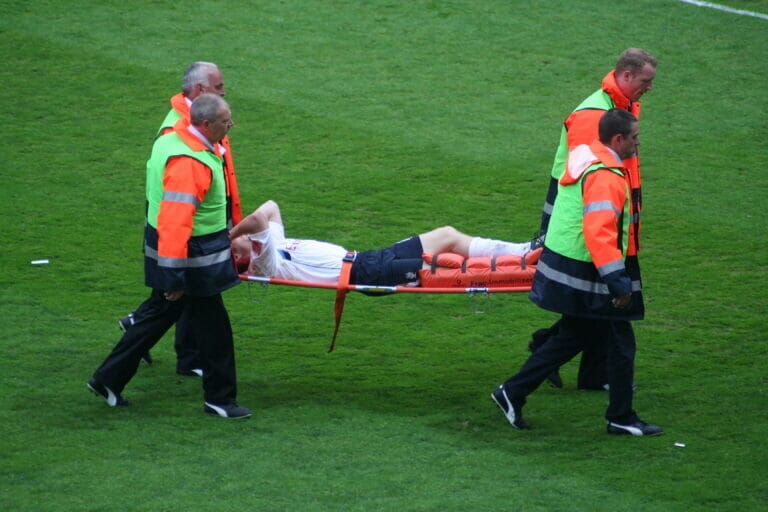
To conclude:
Before, during and after the World Cup tournament, intensive communication will be needed between the staff of the national teams and those in the clubs about players’ workloads as it is anticipated that some players may be exposed to physical stress levels that they are not used to. Exchange of information between national and club teams will be therefore important.
External workload management during transitions between club and national teams before and after the World Cup will be crucial. In national teams and in clubs, subjective daily measurements of well-being can also be used to manage training loads like Wellness and RPE scale.

Want to learn more?
If you would like to know more about soccer specific physical training, take a look at the courses offered below:
Physical Training and Soccer Methodology Course
Soccer Training Load Management Course
Share this article:

